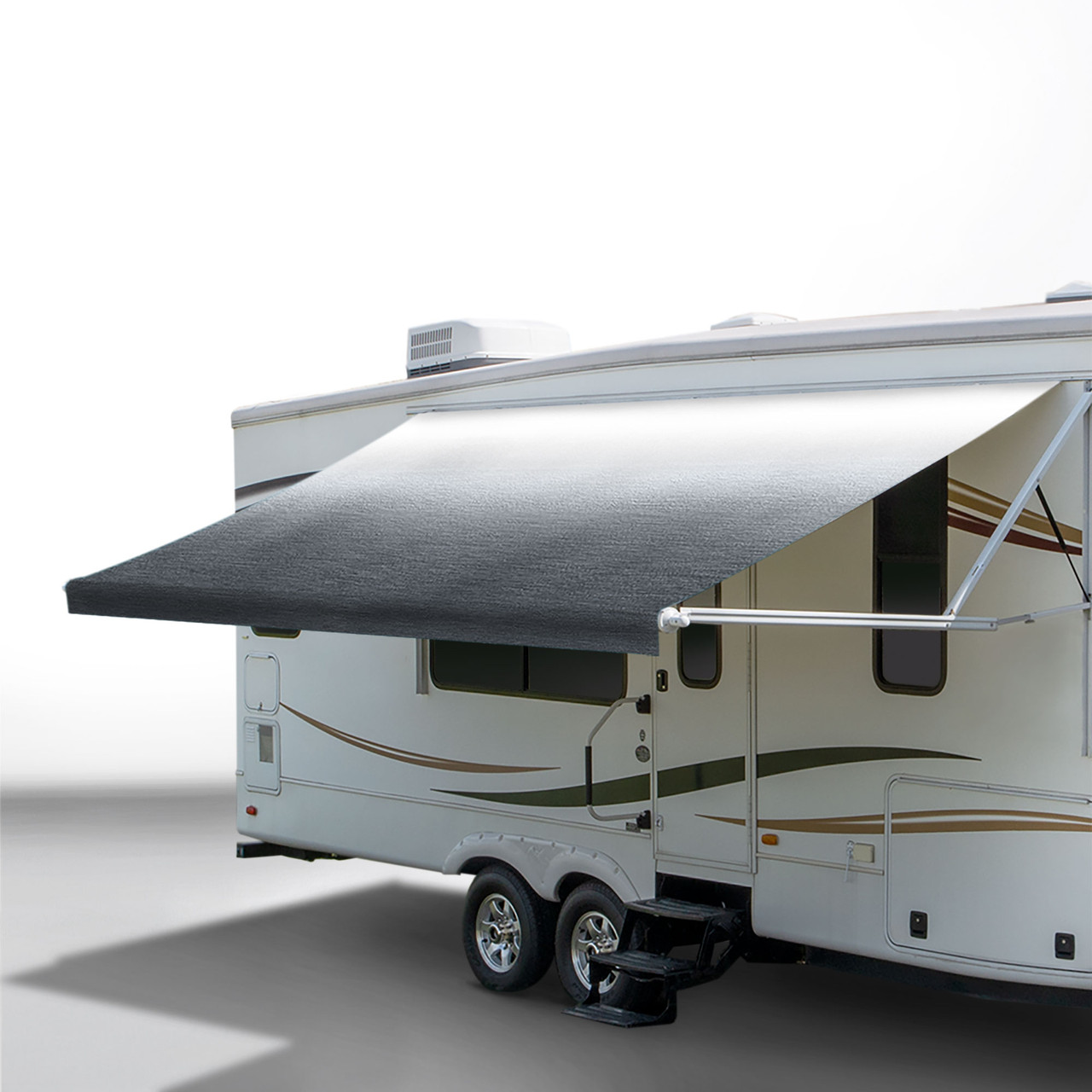Introduction
Awnings not only enhance the aesthetic appeal of your home or business but also provide essential shade and protection from the elements. Over time, the fabric on awnings can wear out, fade, or become damaged, necessitating replacement to maintain functionality and visual appeal. Replacing awning fabric can seem like a daunting task, but with the right tools, materials, and a systematic approach, it can be a rewarding DIY project. This guide will walk you through each step of replacing awning fabric, ensuring that you can refresh your awning effectively and enjoy its benefits for years to come.
Assessing the Condition
Before diving into the replacement process, begin by assessing the condition of your current awning fabric. Look for signs of wear, such as tears, fraying edges, or significant fading. Inspect the framework of the awning to ensure it’s structurally sound and can support the new fabric. Assess the attachment points, including any hardware or fasteners, to determine if they need replacing or tightening. Taking stock of these details upfront will help you plan for any additional materials or tools required for the project.

Gathering Materials and Tools
To replace the awning fabric, gather the necessary materials and tools beforehand. You’ll typically need:
- New awning fabric (measured to fit your awning frame)
- Screwdrivers or power drill with appropriate bits
- Pliers
- Utility knife or scissors
- Measuring tape
- Marker or chalk
- Replacement hardware (if needed)
- Ladder or scaffolding (depending on the height of your awning) Ensure that you have everything on hand to avoid interruptions during the process. Double-check the measurements of the new fabric against your awning frame to ensure a proper fit.
Preparing the Workspace
Prepare a clean and spacious workspace for the awning replacement project. Lay down a tarp or drop cloth to protect the ground from dirt, debris, and any potentially damaging tools. If your awning is attached to a structure, clear the area around it to allow for easy access and movement. Position your ladder or scaffolding securely if you’ll be working at height. A well-organized workspace ensures safety and efficiency throughout the replacement process.

Removing the Old Fabric
Carefully remove the old awning fabric by detaching it from the frame. Start by loosening or removing any screws, bolts, or clips securing the fabric to the frame using your screwdrivers or power drill. Use pliers if necessary to grip and pull out staples or other fasteners. Take note of how the old fabric was attached as a reference for installing the new fabric later. Once all fasteners are removed, gently pull the fabric away from the frame, being cautious not to damage any remaining hardware or the frame itself.
Cleaning and Inspecting the Frame
With the old fabric removed, take the opportunity to clean and inspect the awning frame thoroughly. Use a brush or vacuum to remove dirt, debris, and any residual adhesive from the frame surface. Check for rust or corrosion on metal frames; if present, use sandpaper to lightly sand affected areas before applying a rust-inhibiting primer and paint. Inspect the frame for any structural issues, such as cracks or bent components, and address them before proceeding with the installation of the new fabric.

Measuring and Cutting the New Fabric
Measure the dimensions of your awning frame precisely to ensure the new fabric fits correctly. Lay out the new awning fabric on a clean, flat surface and use a measuring tape and marker or chalk to mark the dimensions according to your measurements. Double-check the markings before cutting to avoid mistakes. Use a utility knife or sharp scissors to cut the fabric along the marked lines. If your awning fabric has a specific pattern or orientation, ensure that you cut it accordingly to maintain consistency and visual appeal when installed.
Attaching the New Fabric
Begin attaching the new fabric to the awning frame starting from one end and working your way to the opposite end. Position the fabric evenly on the frame, ensuring that it’s taut but not overly stretched. Secure the fabric using the appropriate fasteners—this may include screws, bolts, staples, or clips depending on your awning’s design. Follow the attachment points and patterns noted during the removal of the old fabric. Tighten fasteners securely but avoid over-tightening, which could damage the fabric or frame. Check periodically to ensure the fabric remains straight and wrinkle-free as you progress.
Finishing Touches
Once the new fabric is securely attached to the frame, trim any excess fabric along the edges using scissors or a utility knife for a clean finish. Inspect the entire installation to ensure there are no loose areas or wrinkles that could affect the awning’s appearance or functionality. Test the operation of any retractable mechanisms if your awning is adjustable to ensure smooth functionality. Clean up your workspace, disposing of any waste materials responsibly and storing tools and leftover fabric for future use or repairs.

Maintenance Tips
To prolong the life of your newly replaced awning fabric, establish a regular maintenance routine. Periodically clean the fabric with mild soap and water to remove dirt, pollen, and debris. Avoid using harsh chemicals or abrasive cleaners that could damage the fabric’s surface or coating. Inspect the awning frame annually for signs of wear, rust, or loose fasteners, addressing any issues promptly to prevent further damage. Proper care and maintenance will help your awning fabric retain its appearance and functionality for years to come.
Protecting Against Weather Extremes
In regions prone to harsh weather conditions, such as intense sunlight or heavy rainfall, take proactive measures to safeguard your awning. Consider applying a protective waterproofing treatment to enhance its resistance to moisture. Additionally, during severe weather events, retract the awning to prevent potential damage from high winds or accumulated snow.
Monitoring Fabric Condition
Regularly assess the condition of your awning fabric to detect early signs of wear or damage. Look for fading, fraying edges, or weakened seams, as these issues can worsen over time if left unattended. Promptly addressing any small tears or imperfections with a fabric repair kit can prevent them from becoming larger problems.

Conclusion
Replacing awning fabric is a practical DIY project that can rejuvenate the appearance and functionality of your awning. By following this step-by-step guide and taking the time to assess, prepare, and execute each stage carefully, you can achieve professional-looking results without the need for professional assistance. Enjoy the shade, protection, and enhanced curb appeal that a refreshed awning provides, knowing that you’ve successfully tackled a project that adds value to your home or business.
